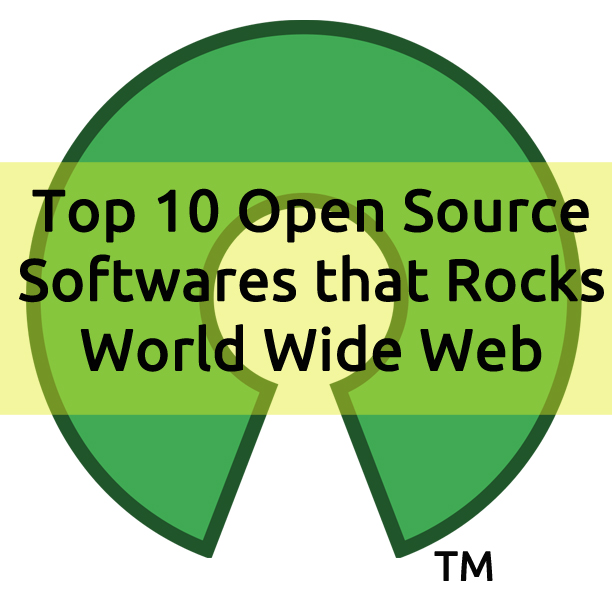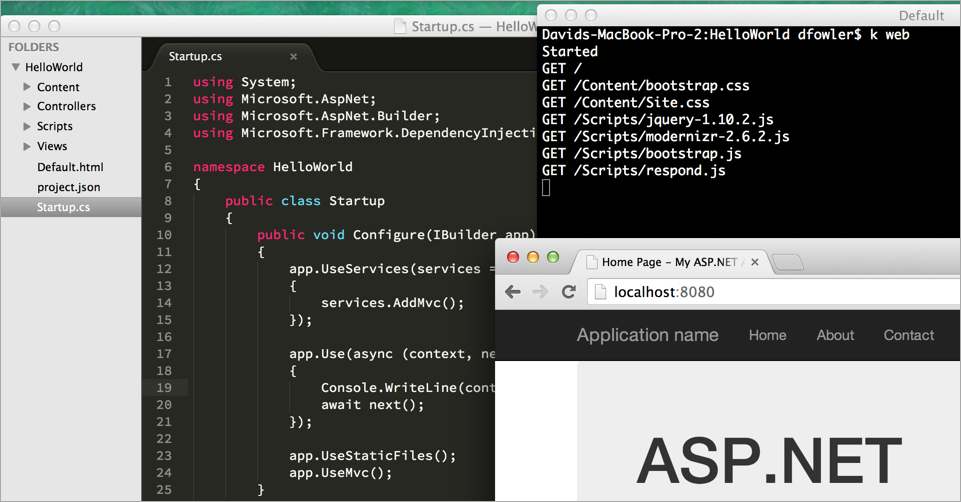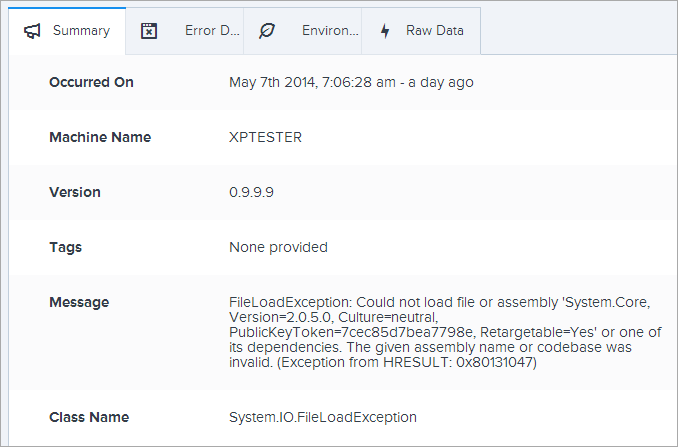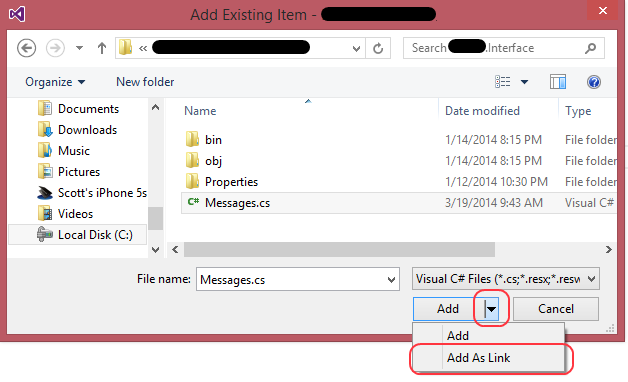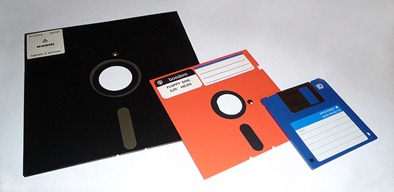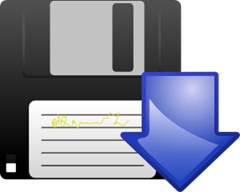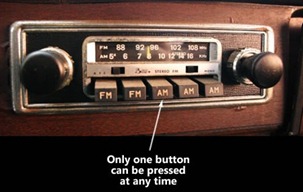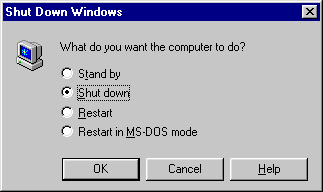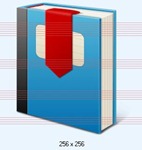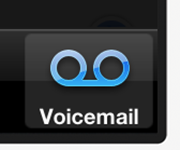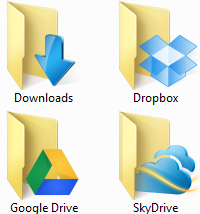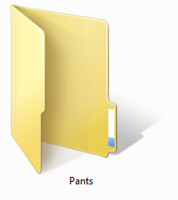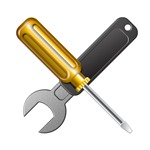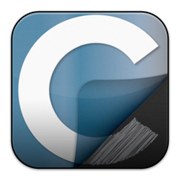Open-source software is also called as
OSS, which is a computer software program designed and deployed with its
source code made available and licensed with a free license in which
the copyright holder provides the rights to an anonymous entity for any
purpose. People using OSS can distribute the software to anyone and for
any purpose because Open-source software is very often developed in a
public, collaborative manner. Open-source software is the most prominent
example of open-source development and often compared to (technically
defined) user-generated content or (legally defined) open-content
movements.
The top Five reasons why individuals or organizations choose open source software are:
1) Lower cost,
2) Security,
3) No vendor 'lock in', and
4) Better quality
5) Transparency
The Open source code modification,
redistribution of open-source software reserved under copyright holder
according to copyright law. GNU General Public License (GPL), is a good
example of it which allows free distribution under the same license for
its free usage. Software licenses grant rights to users, which would
otherwise be reserved by copyright law to the copyright holder. Among
thousands of Open source software projects these 10 Open Source
Softwares listed below are the most important and valuable. These are
rare software product that has no alternatives and must require.
1) Linux kernel
The Linux kernel is a prominent example
of free and open source software. It is a Unix-like operating system
released under the GNU General Public License version (GPLv2). Linux
wasn't the first open source software project, but it was the powerful
community developed by contributors worldwide. The Linux kernel is used
by a variety of operating systems based on it, which are usually in the
form of Linux distributions. The popularity of Linux Kernel rapidly
accumulated developers and users who adopted code from other free
software projects for use with the new operating system.
2) GNU Utilities and Compilers
The GNU Project is the flagship of the
free software movement and Compiler Collection, which is also named as
GNU Compiler Collection (GCC) which is developed by the GNU Project
supporting various programming languages. The Free Software Foundation
(FSF) distributes GCC under the GNU General Public License (GNU GPL),
which is the source of an amazing variety of tools and utilities that,
when combined with the Linux kernel, provide a complete operating
system.
With the Linux kernel, the GNU utilities
and the GNU Compiler Collection make up the holy trinity of the Linux
world. As well as being the official compiler of the unfinished GNU
operating system, GCC has been adopted as the standard compiler by most
other modern Unix-like computer operating systems, including Linux and
the BSD family. Versions are also available for Microsoft Windows and
other operating systems. GCC is also available for most embedded
platforms, including Symbian (called gcce),[6] AMCC, and Freescale Power
Architecture-based chips. It is named the GNU C Compiler, because it
only handled the C programming language and the compiler was extended to
compile C++ in December of that year 1987.
3) Ubuntu
Ubuntu is a Debian-based Linux operating
system developed to increase usability and ease of use. Ubuntu is a
free software and named after the Southern African philosophy of Ubuntu
(literally, "humanness"), which often is translated as "humanity towards
others" or "the belief in a universal bond of sharing that connects all
humanity". Ubuntu is the first choice of novice users and PC sellers
because its free and no need to pay fees. The Ubuntu project is publicly
committed to the principles of open source development; people are
encouraged to use free software, study how it works, improve upon it,
and distribute it.
According to some metrics, Ubuntu is the
most popular desktop Linux distribution. Ubuntu comes installed with a
wide range of software that includes LibreOffice, Firefox, Empathy,
Transmission, and several lightweight games.
4) BSD Operating Systems
Linux isn't the only popular free open
source operating system, there are a number of Unix-like operating
systems under active development, named behind BSD (Berkeley Software
Distribution). Free BSD, Net BSD and OpenBSD are very famous examples of
the BSDs.
FreeBSD is famous for superior
reliability and performance. It’s a free Unix-like operating system
developed by AT&T UNIX and has more than 200 active developers and
thousands of contributors.
NetBSD is a freely redistributable, open
source version of the Unix-derivative BSD, computer operating system
notable for supporting a wide range of hardware platforms, including
embedded systems and mobile devices. NetBSD is famous for its
portability and quality of design and implementation, it is often used
in embedded systems and as a starting point for the porting of other
operating systems to new computer architectures.
OpenBSD is touted as perhaps the most
secure Unix-like operating system, with a security audit that never
stops. It includes a number of security features absent or optional in
other operating systems and has a tradition of developing auditing the
source code for software bugs and security problems.
5) Samba
Samba is Free Software licensed under
the GNU General Public License, the Samba project is a member of the
Software Freedom Conservancy. Samba is a free software re-implementation
of the SMB/CIFS networking protocol, originally developed by Andrew
Tridgell. Samba bridges the gaps between Linux/Unix and Windows,
allowing Unix and
Linux servers
to provide file and print services to Windows clients, and Linux and
Unix clients work with Windows file servers. A Samba host can even serve
as the primary domain controller for a Windows network. Samba provides
file and print services for various Microsoft Windows clients and can
integrate with a Windows Server domain, either as a Primary Domain
Controller (PDC) or as a domain member. Samba is released under the
terms of the GNU General Public License. The name Samba comes from the
SMB (Server Message Block), the name of the standard protocol used by
the Microsoft Windows network file system.
The world's most popular open source
database with easy administration, excellent read performance, and
transparent support for large text and binary objects make it the top
choice for many Web sites. The MySQL development project has made its
source code available under the terms of the GNU General Public License,
as well as under a variety of proprietary agreements. It is a popular
choice of database for use in web applications, and is a central
component of the widely used LAMP open source web application acronym
for "Linux, Apache, MySQL, Perl/PHP/Python." Free-software-open source
projects that require a full-featured database management system often
uses MySQL. Applications which use MySQL databases include: TYPO3, MODx,
Joomla, WordPress, phpBB, MyBB, Drupal and other software.
7) BIND
BIND is the most popular open source DNS
(Domain Name System) server software on the Internet. It works on
Unix-like operating systems, it is the de facto standard that implements
DNS protocols for the Internet. The Berkeley Internet Name Domain
package was originally written at the University of California at
Berkeley. The software consists, most prominently, of the DNS server
component, called contracted for name daemon. In addition the suite
contains various administration tools, and a DNS resolver interface
library. The latest version of BIND is BIND 9, first released in 2000.
8) Sendmail
Sendmail is a general purpose
internetwork email routing facility born before the Internet was
standardized and supports different kinds of mail-transfer and delivery
methods, including the Simple Mail Transfer Protocol (SMTP) used for
email transport over the Internet. Sendmail served as the backbone of
the Internet mail system throughout the 1980s and 1990s. It has lost
ground to Postfix, Qmail, Exim, and Microsoft Exchange in recent years,
but still ranks among the most popular MTAs (mail transfer agents). It
is a well-known project of the free and open source software and Unix
communities. It has spread both as free software and proprietary
software.
9) OpenSSH and OpenSSL
OpenSSH
OpenSSH is an abbreviation of OpenBSD
Secure Shell developed as part of the security conscious OpenBSD
project. It is a set of computer programs providing encrypted
communication sessions over the Internet using the SSH protocol. It was
created as an open source alternative to the proprietary Secure Shell
software suite offered by SSH Communications Security.
OpenSSL
OpenSSL is an open-source implementation
software package uses strong cryptography. OpenSSH encrypts shell
communications to remote computers, addressing the shortcomings in tools
such as rlogin and telnet, which send usernames and passwords in clear
text. OpenSSL is a software library that allows developers to
incorporate SSL or TLS into their Internet applications. It was written
in the C programming language, implements the basic cryptographic
functions and provides various utility functions. The project is managed
by a worldwide community of volunteers that use the Internet to
communicate, plan, and develop the OpenSSL toolkit and its related
documentation.
10) Apache
The Apache HTTP Server Project is an
effort to develop and maintain an open-source HTTP server for modern
operating systems including UNIX and Windows. The Web server that puts
the A in LAMP is still fast, flexible, and secure, with broad operating
system and Web programming language support and hundreds of modules
available to extend the functionality. Apache is developed and
maintained by an open community of developers under the auspices of the
Apache Software Foundation. The goal of this project is to provide a
secure, efficient and extensible server that provides HTTP services in
sync with the current HTTP standards.
Apache httpd has been the most popular
web server on the Internet and generally used on a Unix-like system, the
software is available for a wide variety of operating systems,
including Unix, FreeBSD, Linux, Solaris, Novell NetWare, OS X, Microsoft
Windows, OS/2, TPF, OpenVMS and eComStation. Released under the Apache
License, Apache is open-source software.
Published By
S.G.Godwin Dinesh.MCA
Sr.System Administrator




















